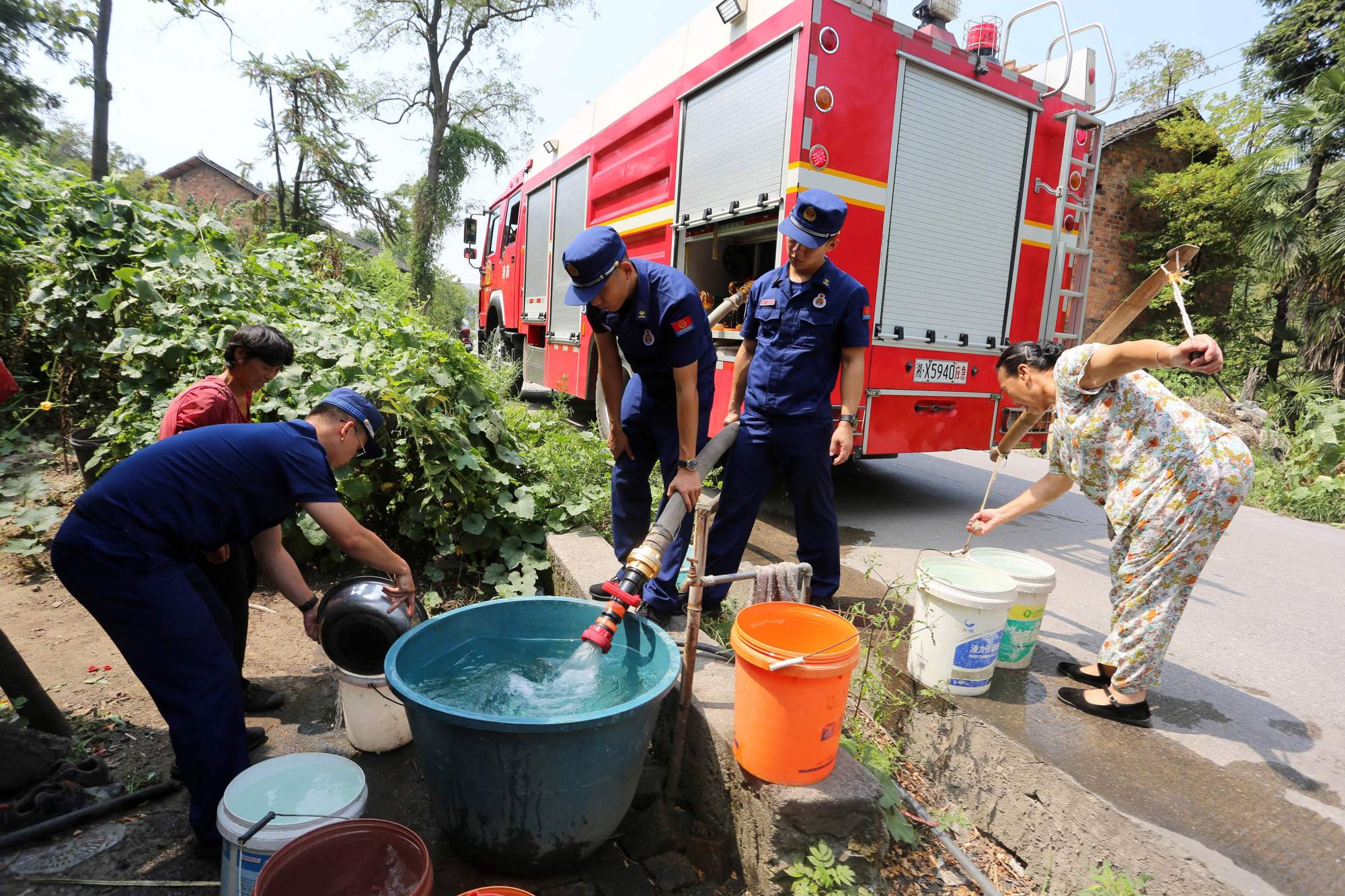Deadly floods in Pakistan, record-breaking heat waves in China, famine-causing droughts in parts of Africa, and unusually hot temperatures in the U.S., Europe and Australia: The impact of human-induced climate change is being felt across the world, with experts warning that extreme weather events are no longer the exception but rather becoming the new norm.
“In an unrelenting cascade of heat waves, forest fires, flash floods, multiple glacial lake outbursts, flood events and now the monster monsoon of the decade are wreaking nonstop havoc throughout the country,” Pakistan’s Federal Minister for Climate Change Sen. Sherry Rehman said Saturday as Islamabad declared a state of emergency in response to the “serious climate catastrophe” affecting the South Asian country.


















With your current subscription plan you can comment on stories. However, before writing your first comment, please create a display name in the Profile section of your subscriber account page.